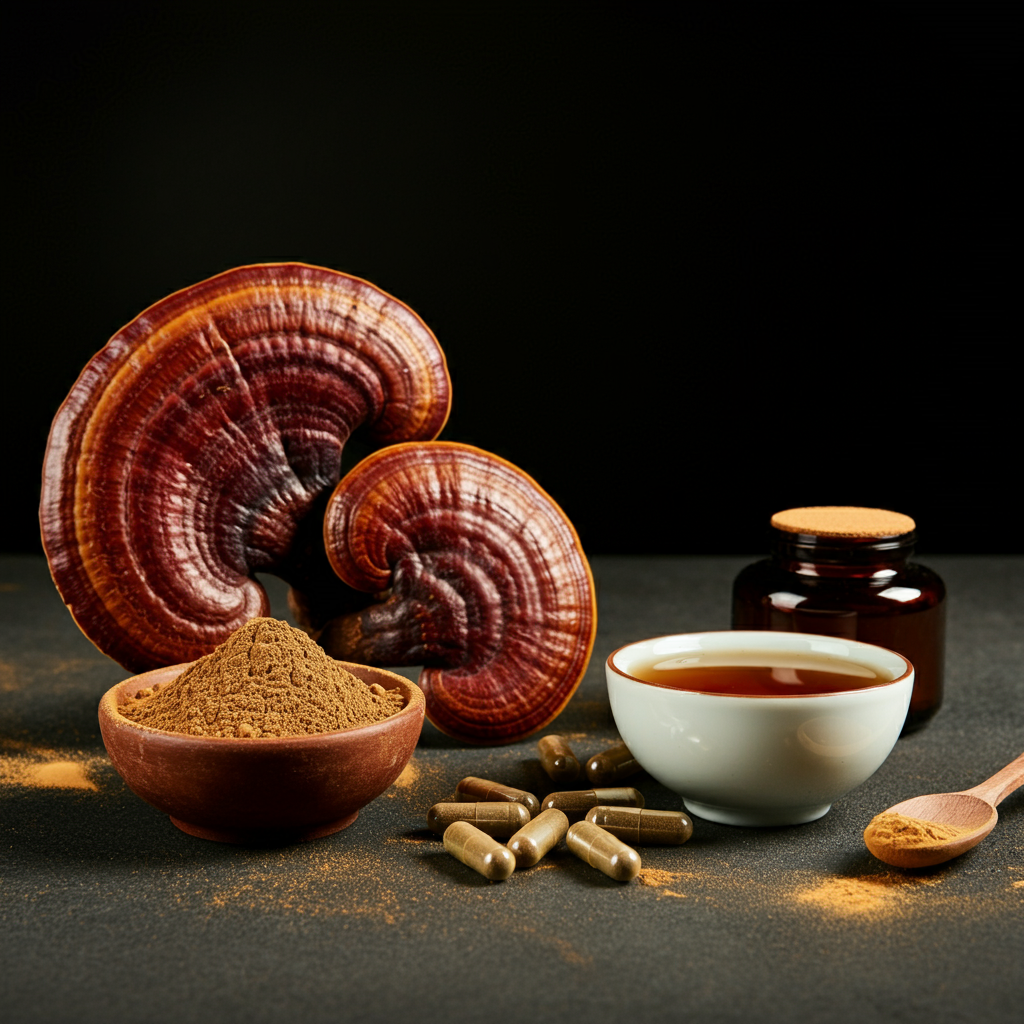Hypoglycaemic Activity of Culinary Pleurotus ostreatus and P. cystidiosus Mushrooms in Healthy Volunteers and Type 2 Diabetic Patients on Diet Control and the Possible Mechanisms of Action
Authors:
W. J. A. Banukie N. Jayasuriya, Chandanie A. Wanigatunge, Gita H. Fernando, D. Thusitha U. Abeytunga, T. Sugandhika Suresh
Journal:
Phytotherapy Research, 2014
DOI: 10.1002/ptr.5255
Study Design
Human intervention study with a parallel mechanistic animal study
Participants
- Healthy volunteers (n = 22 per mushroom group)
- Type 2 diabetic patients on diet control (n = 28)
- Animal studies conducted on normal and diabetic Wistar rats
Intervention
Freeze-dried and powdered Pleurotus ostreatus (P.o) and Pleurotus cystidiosus (P.c) were administered at a dose of 50 mg/kg body weight for humans and 500 mg/kg for rats. Participants were monitored over a month, and animal models were used to explore underlying mechanisms.
Outcome Measures
- Fasting and postprandial glucose levels (humans and rats)
- Serum insulin, glucokinase (GK), and glycogen synthase kinase (GSK) (rats)
- Liver and kidney function markers
- Glucose absorption in intestinal contents
Summary
This study demonstrated that both Pleurotus ostreatus and P. cystidiosus significantly reduced postprandial glucose levels in healthy volunteers and type 2 diabetic patients. They also increased serum insulin in diabetic participants without causing liver or kidney toxicity. Mechanistic studies in rats showed that the mushrooms enhanced insulin secretion, increased glucokinase levels (especially with P. cystidiosus), and inhibited GSK, suggesting improved glucose metabolism and glycogen synthesis. These findings highlight the potential of these edible mushrooms as functional foods for managing type 2 diabetes.

No responses yet